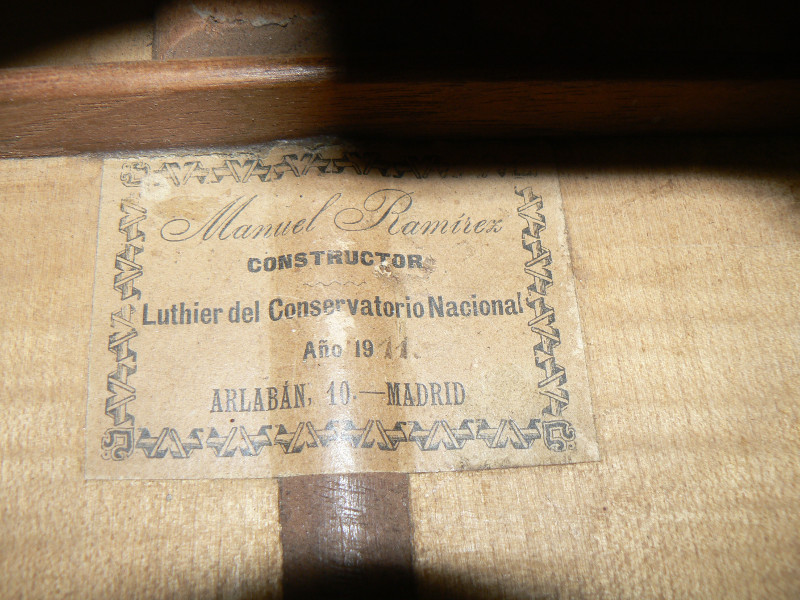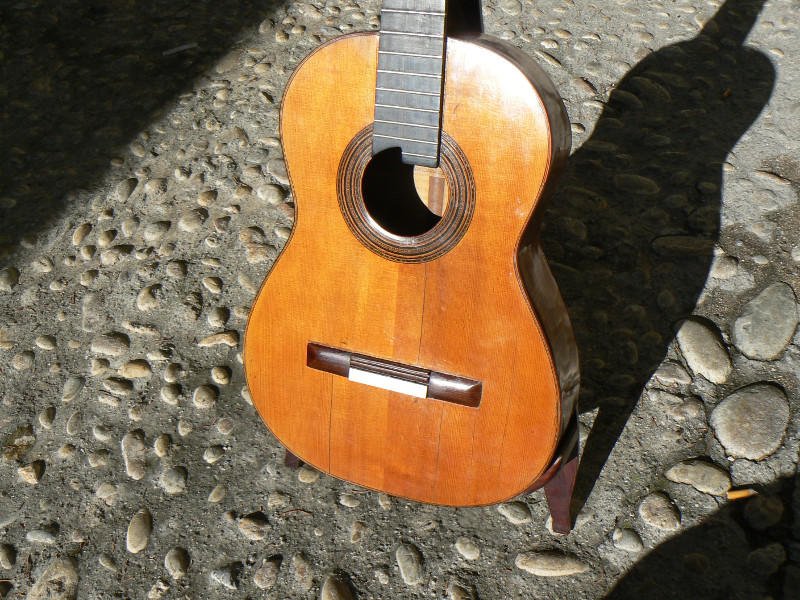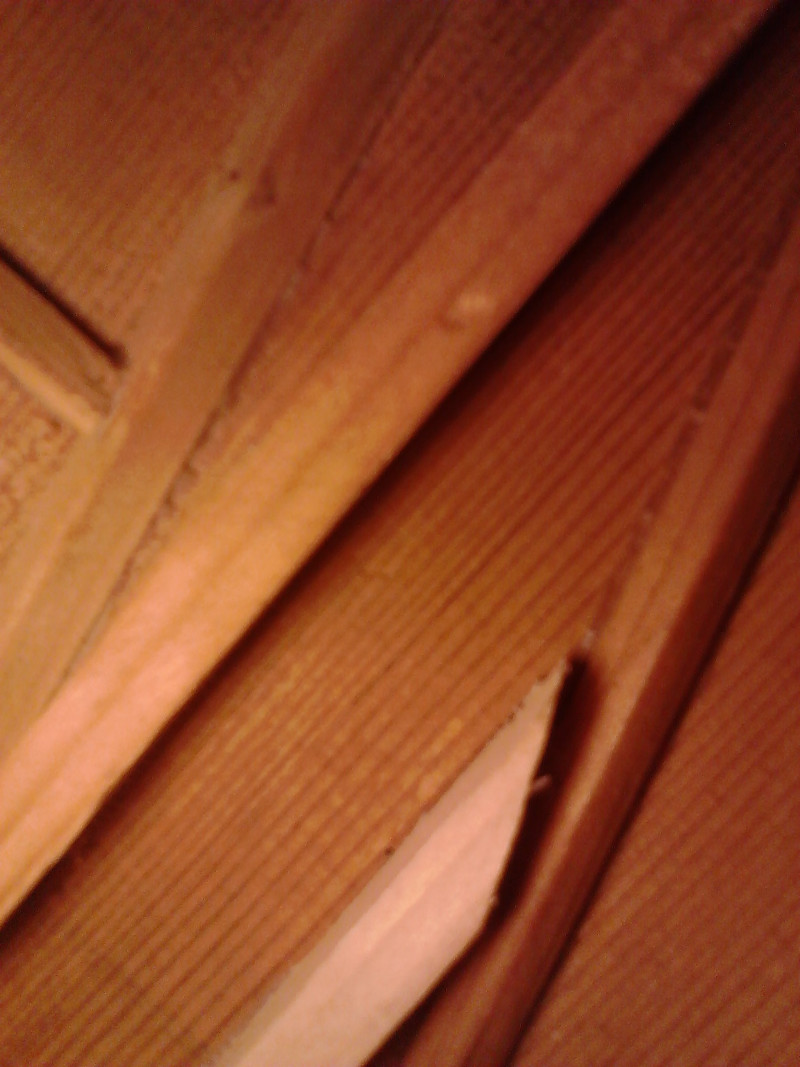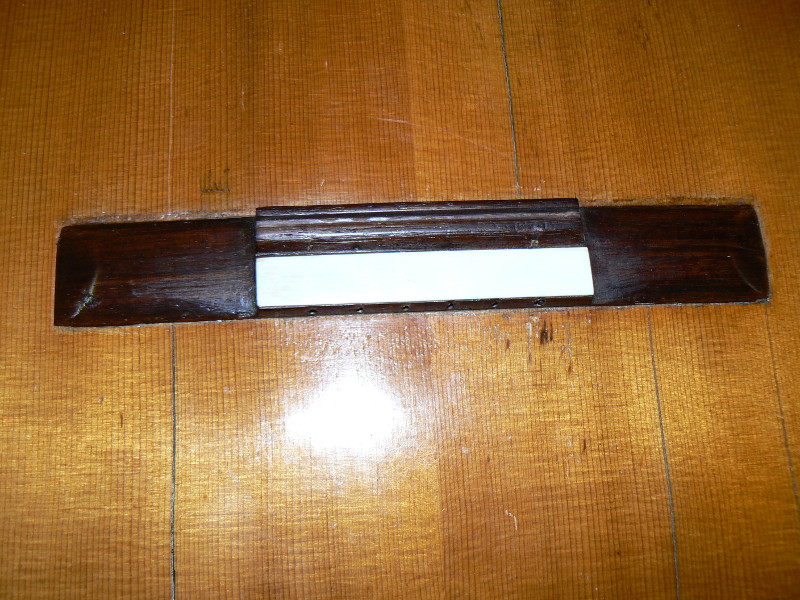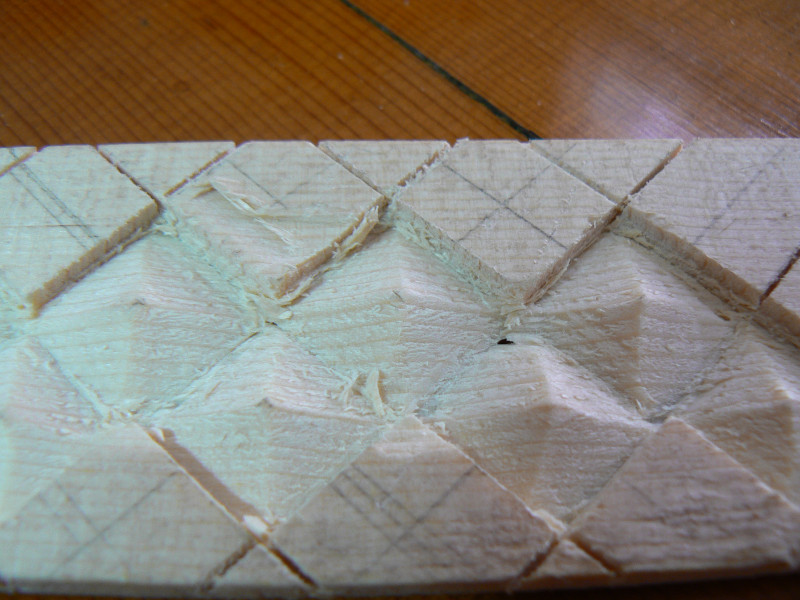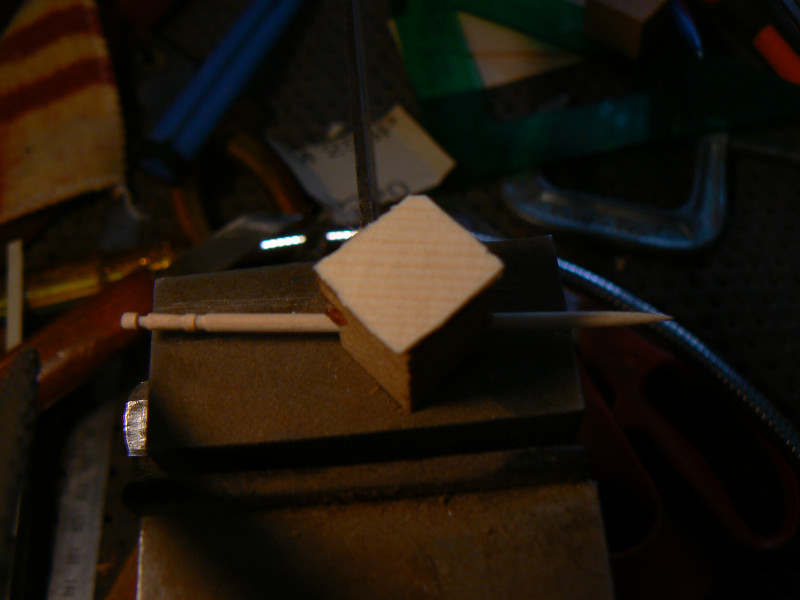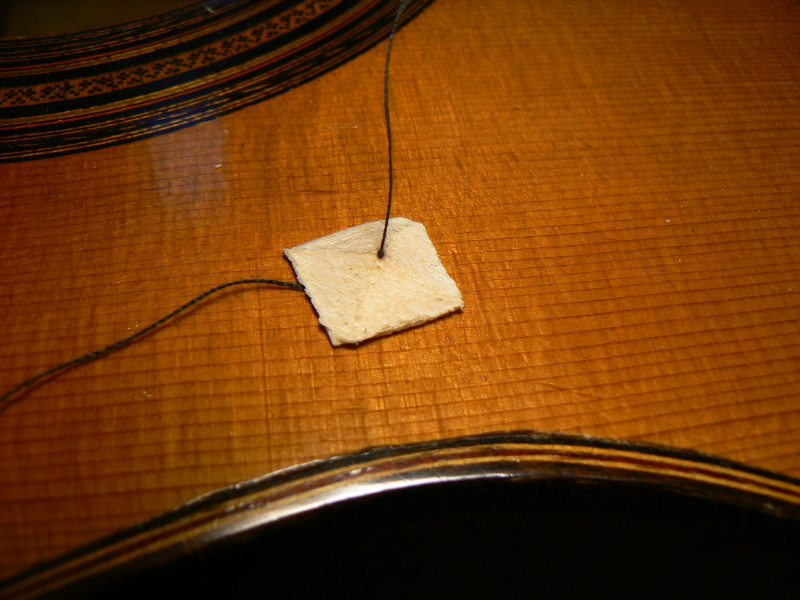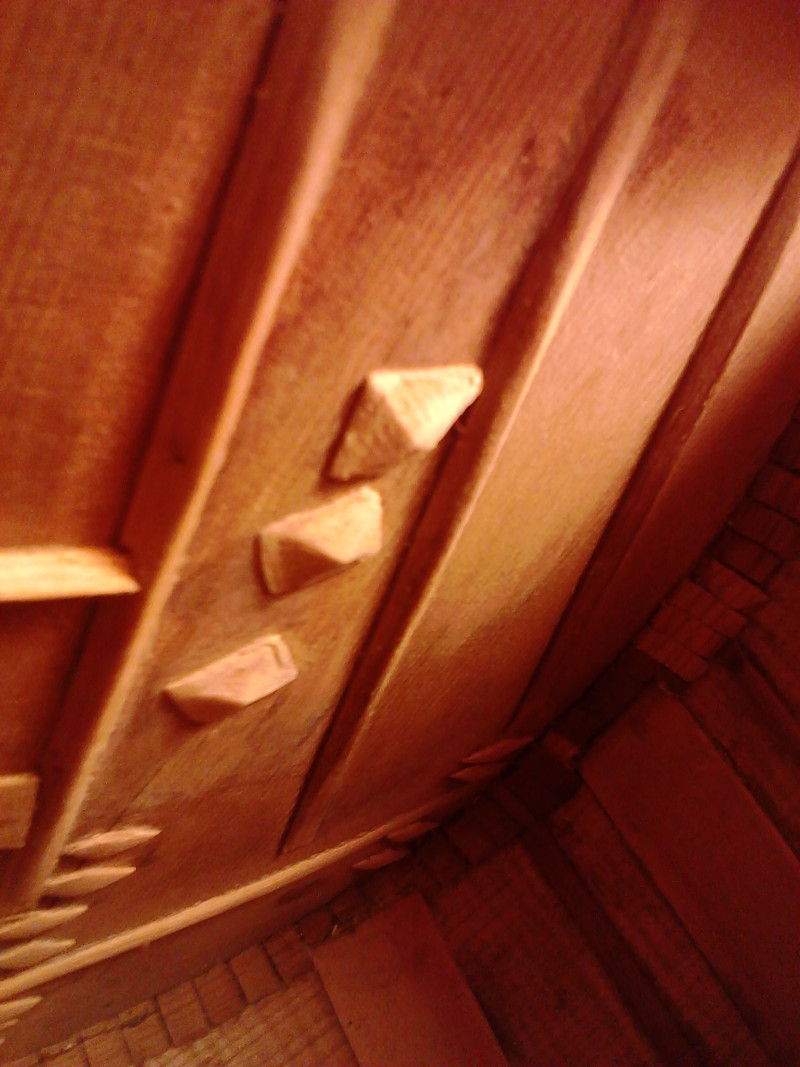Remember this guitar? https://johnguitar.com/manuel-ramirez-1911/ Well, Carlos has just used it on another recording and I have now received my copy of the cd, very nicely played and well recorded. You can get it here although I am not sure if they ship outside of Spain. On the same page you can download the booklet and listen to quite a few tracks.
Carlos Blanco Ruiz
Manuel Ramírez, 1911
Instituto de Estudios Riojanos, 2014
The Instituto de Estudios Riojanos published in 2005 the book and CD “Francisco Calleja (1891-1950): Música original para guitarra. Edición Crítica” and in 2012 a second cd “La guitarra de Francisco Calleja: nuevas obras y transcripciones”, both authored by Carlos Blanco Ruiz.
The first project contained a biography, editions of the known pieces and a cd of this music. The second contained new music both originals and transcriptions.
We now present a third recording with music that is related to Francisco Calleja. There are a few things that justify this new publication:
On the one hand we have the appearance of new repertoire, recently discovered. On the other hand is the possibility of displaying the aspect of performer through Calleja’s transcriptions and other pieces which are not his but were often present in his concert programmes in his almost 40 years of performing.
Several of them are mainstays of guitar repertoire from the beginning of the twentieth century. Finally, but no less importantly, the possibility of studying and recording these pieces on a historical instrument, a guitar made by Manuel Ramírez from 1911 which belonged to the maestro and still retains the sound of these increasingly appreciated instruments. The so-called historical guitars have a characteristic “spanish sound” which allow us to understand the music of the period (in which they were built) in a different way. Our challenge was to ensure that the recording captures those special timbres in an attempt to offer a complementary vision of guitar music from the essential first decades of the twentieth century but seen through the eyes (or ears) of Francisco Calleja (from La Rioja). LA GUITARRA DE PRINCIPIOS DEL S.XX BAJO EL PRISMA DE FRANCISCO CALLEJA was recorded in June of 2012 in Studios MECA, San Asensio and the sound technician was Javier Rojas Ruiz.
Below is a video from the recording sessions.

